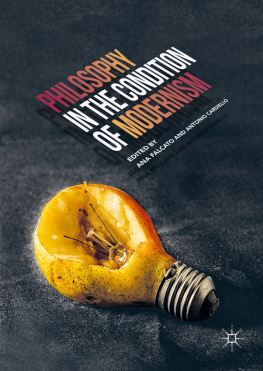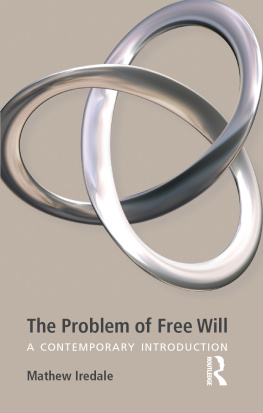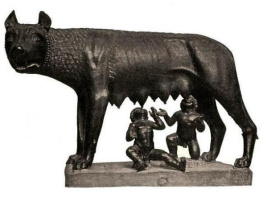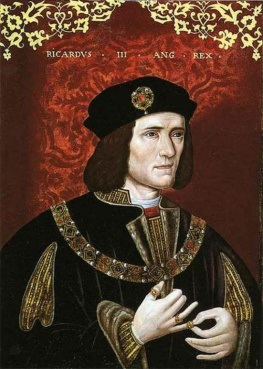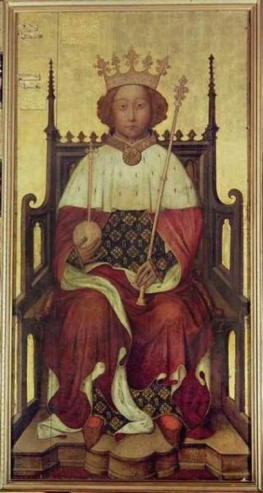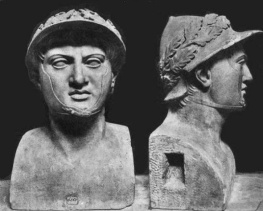Michael Fried and Philosophy
This volume brings philosophers, art historians, intellectual historians, and literary scholars together to argue for the philosophical significance of Michael Frieds art history and criticism. It demonstrates that Frieds work on modernism, artistic intention, the ontology of art, theatricality, and anti-theatricality can throw new light on problems in and beyond philosophical aesthetics. Featuring an essay by Fried and articles from world-leading scholars, this collection engages with philosophical themes from Frieds texts, and clarifies the relevance to his work of philosophers such as Ludwig Wittgenstein, Stanley Cavell, Morris Weitz, Elizabeth Anscombe, Arthur Danto, George Dickie, Immanuel Kant, Friedrich Schiller, G. W. F. Hegel, Arthur Schopenhauer, Friedrich Nietzsche, Denis Diderot, Maurice Merleau-Ponty, Roland Barthes, Jacques Rancire, and Sren Kierkegaard. As it makes a case for the importance of Fried for philosophy, this volume contributes to current debates in analytic and continental aesthetics, philosophy of action, philosophy of history, political philosophy, modernism studies, literary studies, and art theory.
Mathew Abbott is Lecturer in Philosophy at Federation University Australia. Drawing on modern European and post-Wittgensteinian thought, his research is concerned with intersections of aesthetics, politics, and ethics. He is the author of Abbas Kiarostami and Film-Philosophy and The Figure of This World: Agamben and the Question of Political Ontology.
Routledge Research in Aesthetics
1Michael Fried and Philosophy
Modernism, Intention, and Theatricality
Edited by Mathew Abbott
Michael Fried and Philosophy
Modernism, Intention, and Theatricality
Edited by Mathew Abbott

First published 2018
by Routledge
711 Third Avenue, New York, NY 10017
and by Routledge
2 Park Square, Milton Park, Abingdon, Oxon OX14 4RN
Routledge is an imprint of the Taylor & Francis Group, an informa business
2018 Taylor & Francis
The right of the editor to be identified as the author of the editorial material, and of the authors for their individual chapters, has been asserted in accordance with sections 77 and 78 of the Copyright, Designs and Patents Act 1988.
All rights reserved. No part of this book may be reprinted or reproduced or utilised in any form or by any electronic, mechanical, or other means, now known or hereafter invented, including photocopying and recording, or in any information storage or retrieval system, without permission in writing from the publishers.
Trademark notice: Product or corporate names may be trademarks or registered trademarks, and are used only for identification and explanation without intent to infringe.
Library of Congress Cataloging-in-Publication Data
A catalog record for this book has been requested
ISBN: 978-1-138-67980-1 (hbk)
ISBN: 978-1-315-56350-3 (ebk)
Typeset in Sabon
by Apex CoVantage, LLC
Contents
by Michael Fried
MATHEW ABBOTT
MATHEW ABBOTT
WALTER BENN MICHAELS
ROBERT B. PIPPIN
DAVID E. WELLBERY
STEPHEN MULHALL
STEPHEN MELVILLE
RICHARD MORAN
PAUL J. GUDEL
REX BUTLER
DIARMUID COSTELLO
MAGDALENA OSTAS
KNOX PEDEN
ANDREA KERN
JENNIFER ASHTON
MICHAEL FRIED
| AT | Absorption and Theatricality: Painting and Beholder in the Age of Diderot (Chicago and London: University of Chicago Press, 1980) |
| CR | Courbets Realism (Chicago and London: University of Chicago Press, 1990) |
| MM | Manets Modernism: or, The Face of Painting in the 1860s (Chicago and London: University of Chicago Press, 1996) |
| MR | Menzels Realism: Art and Embodiment in Nineteenth-Century Berlin (New Haven and London: Yale University Press, 2002) |
| WPM | Why Photography Matters as Art as Never Before (New Haven and London: Yale University Press, 2008) |
| MC | The Moment of Caravaggio (Princeton and Oxford: Princeton University Press, 2010) |
| FHO | Four Honest Outlaws: Sala, Ray, Marioni, Gordon (New Haven and London: Yale University Press, 2011) |
| FG | Flauberts Gueuloir: On Madame Bovary and Salammb (New Haven and London: Yale University Press, 2012) |
| AL | Another Light: Jacques-Louis David to Thomas Demand (New Haven and London: Yale University Press, 2014) |
| AC | After Caravaggio (New Haven and London: Yale University Press, 2016)
Essays collected in Art and Objecthood: Essays and Reviews (Chicago and London: University of Chicago Press, 1998): |
| IMAC | An Introduction to My Art Criticism, 174 |
| SF | Shape as Form: Frank Stellas Irregular Polygons, 7799 |
| ML | Morris Louis, 10031 |
| AO | Art and Objecthood, 14872 |
| TSAC | Two Sculptures by Anthony Caro, 1804 |
| ACTS | Anthony Caros Table Sculptures, 2029 |
| TAP | Three American Painters: Kenneth Nolad, Jules Olitski, Frank Stella, 21365 Uncollected essay: |
| JM | Joseph Marioni, Rose Art Museum, Brandeis University, Artforum (37: 1998), 14950 |
Mathew Abbott
The work of Michael Fried has remarkable range. He made his name as an art critic in the 1960s championing high modernist painters and sculptors such as Morris Louis, Frank Stella, and Anthony Caro, engaging with vigor and zeal in the debates that defined the moment. In the 80s and 90s, Fried published influential studies of French pre-modernist, modernist, realist, and North American realist painting. Since then he has produced a book on the German realist painter and draughtsman Adolph Menzel, a groundbreaking book on contemporary art photography, two books on Caravaggio and his aftermath, a study of Gustave Flaubert, and new works of art criticism. Fried has regularly published poetry, producing volumes of poems in 1973, 1994, 2004, and 2016. And he has a new monograph appearing in 2018: What Was Literary Impressionism?
As well as their range, Frieds texts are remarkable for the intensity with which they track a very particular set of interconnected problems: the ontology of artwork and beholder; questions of modernism and medium; the issue of aesthetic quality, and what it is to be convinced by a work of art; the nature and importance of artistic intention; and the dialectical character of artistic practices as they develop in specific contexts. As the depth of its influence and the vitality of the discussion it has generated show, this rich and penetrating body of work has profound significance for understanding modern art and literature. The thesis of this volume is that it also has significance for philosophy.
Michael Fried and Philosophy brings philosophers, art historians, intellectual historians, and literary scholars together to engage with philosophical themes from Frieds texts, to draw out their implications for problems in and beyond philosophical aesthetics, and to clarify the relevance for Frieds thinking of philosophers like Ludwig Wittgenstein, Stanley Cavell, Morris Weitz, Elizabeth Anscombe, Arthur Danto, George Dickie, Immanuel Kant, Friedrich Schiller, G. W. F. Hegel, Arthur Schopenhauer, Friedrich Nietzsche, Denis Diderot, Maurice Merleau-Ponty, Roland Barthes, Jacques Rancire, and Sren Kierkegaard. Like Frieds own work, the chapters in this volume range widely over different historical moments, traditions, and figures. And like Frieds work, they keep returning to a particular set of problems: questions of modernism; the role of intention in art; and the tension and interplay between theatrical and anti-theatrical artistic tendencies.





